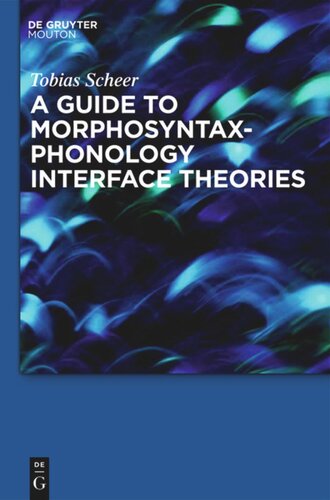

Most ebook files are in PDF format, so you can easily read them using various software such as Foxit Reader or directly on the Google Chrome browser.
Some ebook files are released by publishers in other formats such as .awz, .mobi, .epub, .fb2, etc. You may need to install specific software to read these formats on mobile/PC, such as Calibre.
Please read the tutorial at this link: https://ebookbell.com/faq
We offer FREE conversion to the popular formats you request; however, this may take some time. Therefore, right after payment, please email us, and we will try to provide the service as quickly as possible.
For some exceptional file formats or broken links (if any), please refrain from opening any disputes. Instead, email us first, and we will try to assist within a maximum of 6 hours.
EbookBell Team

0.0
0 reviewsThis book reviews the history of the interface between morpho-syntax and phonology roughly since World War II. Structuralist and generative interface thinking is presented chronologically, but also theory by theory from the point of view of a historically interested observer who however in the last third of the book distills lessons in order to assess present-day interface theories, and to establish a catalogue of properties that a correct interface theory should or must not have. The book also introduces modularity, the rationalist theory of the (human) cognitive system that underlies the generative approach to language, from a Cognitive Science perspective. Modularity is used as a referee for interface theories in the book. Finally, the book locates the interface debate in the landscape of current minimalist syntax and phase theory and fosters intermodular argumentation: how can we use properties of morpho-syntactic theory in order to argue for or against competing theories of phonology (and vice-versa)?